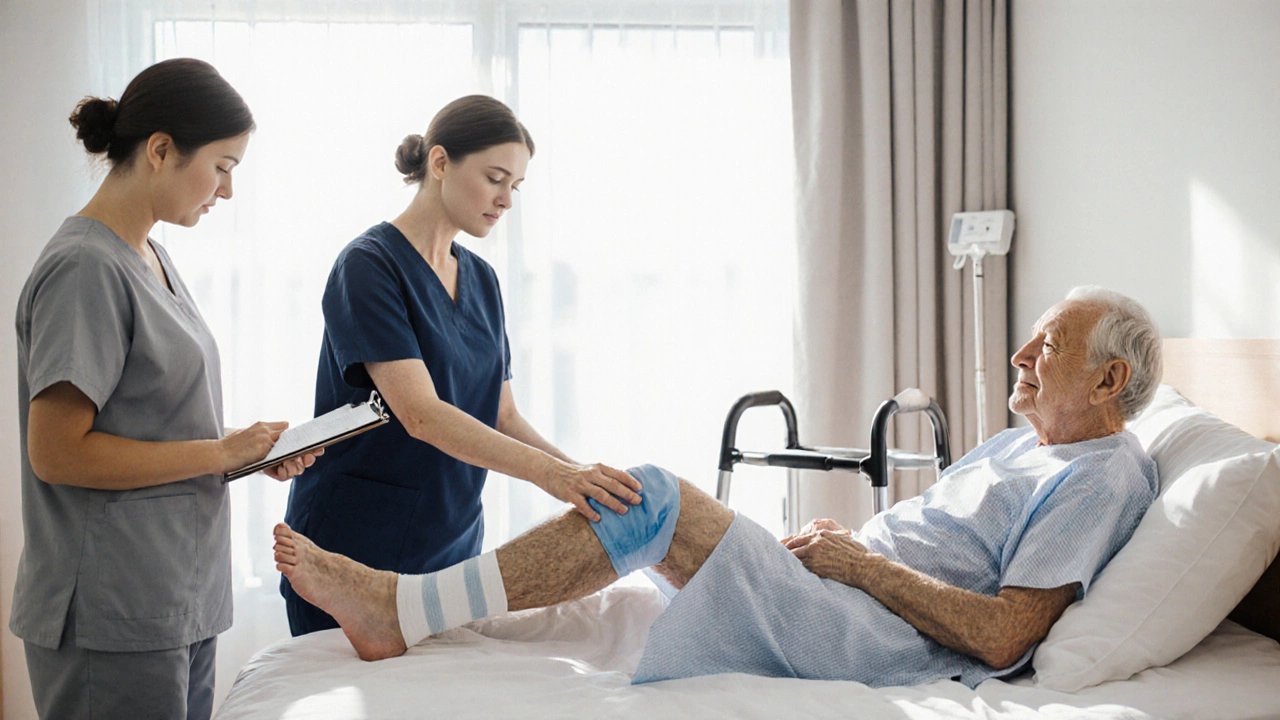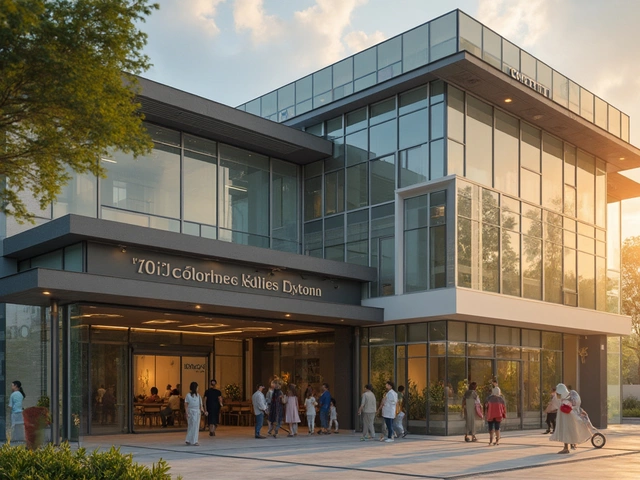Senior Orthopedic Recovery
When talking about Senior Orthopedic Recovery, the process of regaining strength, mobility and comfort after orthopedic surgery or injury in older adults. Also known as senior joint rehab, it covers everything from surgery prep to long‑term maintenance. Key parts of this journey include Knee Replacement, a surgical procedure that swaps damaged knee surfaces with artificial components, Orthopedic Swelling, the post‑operative fluid buildup that can limit movement and cause pain, and the ongoing Physical Therapy, guided exercise programs designed to restore joint function. All of these elements rely heavily on effective Pain Management, strategies that combine medication, techniques and lifestyle tweaks to keep discomfort under control. In short, Senior Orthopedic Recovery is a multi‑step process that blends surgery, medication, movement and mindset.
Understanding the Core Challenges
First off, pain is the most immediate hurdle. After a knee replacement, patients often report sharp aches during the first week and a dull, lingering soreness for months. This pain isn’t just uncomfortable—it can stall progress if not addressed with the right meds and gentle movement. Swelling is the next big blocker. Fluid can collect around the joint, making the leg feel stiff and heavy. Simple measures like elevation, compression wraps and short, frequent walks can keep the swelling in check. Mobility loss follows both pain and swelling; many seniors worry they’ll never walk without a cane again. The good news is that targeted physical therapy—starting with passive range‑of‑motion exercises and moving to weight‑bearing drills—helps rebuild confidence and strength step by step.
Another overlooked factor is the mental side of recovery. Older adults often feel anxious about falling or re‑injuring the joint. This anxiety can lead to inactivity, which in turn slows healing. Building a supportive routine—regular check‑ins with a therapist, clear milestones, and even brief mindfulness sessions—keeps the mind engaged and the body moving. Nutrition also plays a part; protein‑rich meals and adequate vitamin D support tissue repair and bone health, while staying hydrated helps reduce swelling.
Medication choices matter too. Non‑steroidal anti‑inflammatory drugs (NSAIDs) can control pain and swelling but may strain kidneys, especially in seniors. Doctors may prescribe short courses of opioids for severe pain, but as soon as the pain eases, switching to safer options like acetaminophen or topical NSAIDs is wise. Always discuss dosing and potential interactions with your primary care provider.
Putting these pieces together creates a clear semantic chain: Senior Orthopedic Recovery requires pain management, includes knee replacement surgery, influences mobility, and relies on physical therapy to restore function. When any one of these links is weak, the whole chain wavers. That’s why a coordinated plan—doctor, surgeon, therapist and patient working as a team—delivers the best outcomes.
Below you’ll find a curated collection of articles that dive deeper into each of these topics. Whether you’re prepping for surgery, managing swelling, or looking for realistic timelines for walking again, the posts give practical tips, real‑world timelines and expert advice you can start using today.

Knee Surgery Recovery Time for a 70‑Year‑Old: What to Expect
Learn the typical recovery timeline for a 70‑year‑old after knee surgery, factors that affect healing, rehab tips, pain management, and when to resume daily activities.
read more



